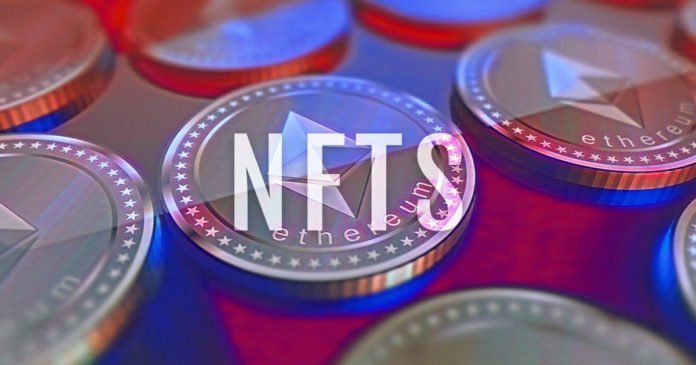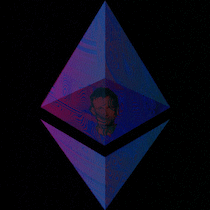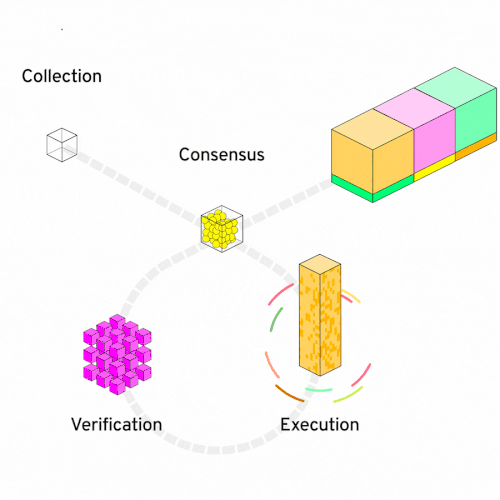What is an NFT?
A non-fungible token is created in limited quantities and unique design. The creditor universally owns it and cannot transfer the asset.
Usually the value of a NFT is associated with some kind of property or other virtual possession with validity within a given ecosystem. They are considered collectible tokens where the holder is the owner for life and its value as an asset can be controlled, subject to certain rules so that it is not negotiable in exchanges and thus cannot lose part of its usefulness due to commoditization.

The idea behind its creation, is that a NFT can remain within the blockchain feeding back into the economy, preserving value, while generating future engagement and liquidity.

How do NFTs work?
Many NFTs may be equivalent to real-world properties, but their operation is restricted to the blockchain.
Such is the case with non-fungible tokens developed in Ethereum which use the blockchain for hosting, security and interoperability. A large-value property can use a NFT to compute its value fractionally.
For example, some real-world megastructure such as a hotel network, some consortium or international franchise, can assume its value in customized non-fungible tokens and thus act as a creditor's titled possession anywhere in the world, minimizing expenses and paperwork, in negotiations with abridged NFT that retain the same value and legality.
NFTs do not allow mining or external exchange, are traceable and energy efficient thus preserving their value within the ecosystem for asset accumulation and influence generation.

What improvements do NFTs offer?
According to my own opinion, the fact that NFTs are assets with which fractional value of a large virtual or real property can be pooled makes them easy to sort, store and account for as less volume of tokens is needed for handling potential figures.
NFTs contain an identifier that makes them a unique record which allows a selective traceability and useful to avoid hacking or detour of funds, being able to be transferred with relative ease since they generate scarcity due to their limited edition being distinguishable and verifiable through a block explorer facilitating the accounting registration process and auditing.
The address remains under the autonomy of its sole owner favorably influencing the interoperability and storage, as it is encrypted under an incorruptible smart contract that does not support any duplication which also increases privacy.
Standard NFT protocol
Currently any blockchain could create its own NFT if it proposes it, since in essence the NFT consists of a smart contract with certain properties and special features that differentiate it from the rest.
Going back in history, it can be noted that Bitcoin created in 2012 the recognized "Colored Coins" that allowed the use of BTC cryptocurrencies to represent some other value or asset. This led to the launch of several NFT projects within the network which were successfully concluded.

Which project is leading the NFTs?
NFTs exist in the TRON, EOS, Bitcoin and Ethereum blockchains, among others. However, Ethereum has been the blockchain to create NFT smart contracts with the highest capacity and performance. Ethereum blockchain has established itself as the leading platform for NFT operability on a global scale.

With the creation of the ERC-721 and ERC-1155 standards has made the task of creating non-fungible tokens practical and within the reach of most.
ERC-721
Recognized as the first non-fungible asset representation model, ERC-721 is a developer-friendly, inheritable smart contract that retains compatibility with the Solidity programming language, primarily used for issuance and creation of NFT platforms within Ethereum blockchain.
ERC-1155
This standard has several functions including the ability to exchange NFTs under strict security protocols. The idea of ERC-1155 is that a contract can contain NFT tokens, as well as, fungible tokens proposing the creation of an alternative trade for NFT and TF (Fungible token), which benefits users and the creation of applications to trade.
Final thoughts
Ethereum blockchain bets on the potential of NFTs and their usability on the Blockchain, which seems to bring more far-reaching solutions for the management of accounting figures, security, data privacy, interoperability and energy savings. The ERC-721 and ERC-1155 standards structure access and resources for the operation of NFT platforms under scalable smart contracts that allow the creation, transfer and control of NFT assets from anywhere in the world in a simple way and relying on the robustness and security of Ethereum blockchain to operate.

Original content
2021
It's nice to meet you, here is my new introduction on Hive.blog: IntroduceYourself


I have been using the WAX blockchain for NFT's recently.
For me, I think the breakthrough in NFT's will be when we can browse a single platform and see / buy / sell NFT's across various platforms.
Think eBay. You can sell and buy on it. It can be many different product types. And you can pay in numerous ways. The operating system (blockchain) it is on shouldn't matter.
Posted Using LeoFinance Beta
Ok, I see that you are referring to an "interoperability" NFT.
I suppose it will happen when there is a massive adoption in most blockchains, I think that up to now Ethereum has done a lot creating access to NFT in a simple way through the ERC-721 and ERC-1155 Standards.
Thanks for the input @sbenbow
Posted Using LeoFinance Beta